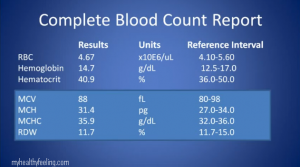

Most of our intake of vitamin D comes from our exposure to the sun. A protein in the blood, fibrin, interacts with the platelets to help seal the wound by forming a net, trapping more activated platelets and red blood cells to seal the wound.Ī high MPV could be a sign of vitamin D deficiency. The change in shape makes it easier for the platelets to stick to both the damaged vessel and to each other to plug the hole. Inactivated platelets are circular in shape, however, when they become activated, platelets change to a spiky structure. The matrix sends out strong signals which stimulate platelets to become activated and adhere to each other. The ability of the body to naturally stop the flow of blood is called haemostasis, abnormalities, however, can cause haemorrhage or blood clots to occur. However, when a blood vessel is injured the endothelial cells are lost and the subendothelial matrix is exposed. Usually blood vessels are lined with special cells called endothelial cells. Upon the discovery of injury to a blood vessel, platelets interact with the subendothelial matrix. So, if there is a wound, the platelets will work together to naturally stem the bleeding and clot the blood, preventing blood loss. Platelets travel in the blood searching for any problems in structural integrity. They have no nucleus so are called anucleate cells. Platelets are also called thrombocytes and their main function is to react to bleeding in the body by sticking together to initiate a blood clot and ultimately, stop the bleeding. Blood contains three main components, red blood cells, white blood cells and platelets.


 0 kommentar(er)
0 kommentar(er)
